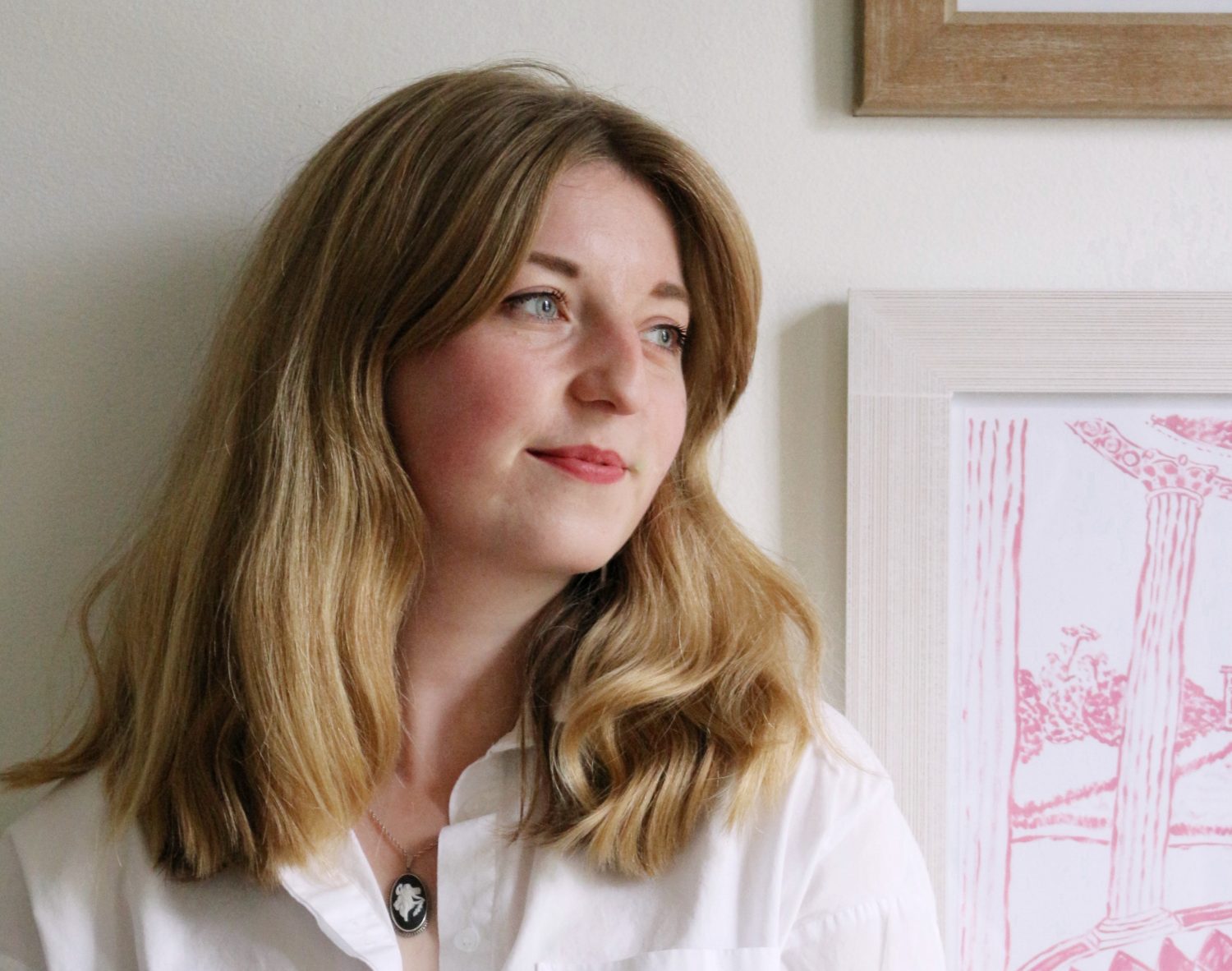I am an historian of:
The Eighteenth Century | Gender History | Art History, Material Culture & Histories of Collecting | Country Houses & House Museums | The Enlightenment, Curiosity and Histories of Education | Histories of Friendships, Relationships and Conversation | Histories on Screen | Jane Austen
Read more about my current projects and research interests here:
Women’s Curiosity and Collecting, 1680-1820
This project focusses on the collecting practices and learning of elite women, reframing their social and material practices as a legitimisation of individual curiosity and a desire to know for oneself, a desire that can be read as part of wider intellectual movements. The Enlightenment is conceptualised as a quotidian and pervasive process that elite women could experience and shape agency over within the spaces of the English country house, the townhouse and European travel.
It moves beyond assessments of country house collections as the preserve of cultured, learned and important men and their adventures across continental Europe and engages with work on the female impact not only upon the country house, but within the Enlightenment and upon material culture. Through focussing on curiosity, conversation and collection, I am exploring the nature of the country house not only as an educative space, but also one central to the networks of cross-cultural and intellectual exchange elite women fostered through collecting objects from and reading about different geographies, temporalities and cultures.
This project formed the basis of my PhD thesis, which was supported by a full scholarship by AHRC Heritage Consortium and is currently being developed into a monograph. Relevant publications include a book chapter on the friendship between the Countesses of Hertford and Pomfret, published September 2020; relevant media include a Hack History podcast on women on the Grand Tour, also September 2020.
Reading, libraries and book collecting
An area of research adjacent to ‘Women’s Curiosity and Collecting, 1680-1820’ is that of book collections and libraries, and the centrality of the written word and elite female reading practices to curiosity and experiences of education.
What do book catalogues, inventories and receipts tell us not only about what women were reading (and how this fits with prescriptions of genres for women and suggestions of how elite female educations should work), but about how they acquired and curated their collections?
This looks more deeply into source material surrounding country house and town house collections and the arrangement and usage of books in tandem with the arrangement and usage of objects as material and intellectual engagement with the Enlightenment.
Jane Austen, Austen Nostalgia, her legacies and the Country House
I am fascinated by what we can read into Austen’s novels about the English country house, its use and the female experience during the late eighteenth and early nineteenth centuries, but also the implications of the strong connections forged between Austen’s fictional work and the realities of the English country house as experienced by thousands of visitors each year. I am incredibly interested of the effect of both novels and film adaptations on the public perception of the country house and its histories: does stepping through the door of Lyme Park put us in the place of Jennifer Ehle in 1995, or are our feet firmly planted in the real world of the former home of the Legh family? Do we feel we have visited Pemberley, or Lyme?
As part of this, I also look to the world of retelling and reworking Austen. Why is it so irresistible to refer to her work and, moreover, why in particular does Pride and Prejudice lend itself so well to numerous effective and creative renditions that often supplant Austen’s characters into new places, cultures and times in ways that are recognisable both to us not only as Austen readers but also as an modern audience?
Relevant media includes a Sistory Untold podcast on the sisterhood and friendship between Jane and Cassandra Austen and a Historical Friction podcast on Lost in Austen and Austen nostalgia; relevant reading includes articles for Mainly Museums and The Conversation.
I also recently recorded a lecture for Edgehill University about Jane Austen, Pride and Prejudice, sisterhood, country houses and social commentary – if you’d like to watch it, contact me here and I will send you the link!
The Long Eighteenth Century in Popular Culture
In connection with my work on Austen and women in the eighteenth-century country house, I am fascinated with our fascination for depicting the eighteenth century on screen and on the page.
Forthcoming work in this area include research into the ‘thinking woman’ within the eighteenth-century period drama and the collector as a character not just in the worlds of eighteenth-century female collectors, but popular culture too. Recent writing in this area includes a review of Bridgerton (2020) for BSECS Criticks, as well as a Bridgerton-themed article on the reality of being a Regency debutante.




